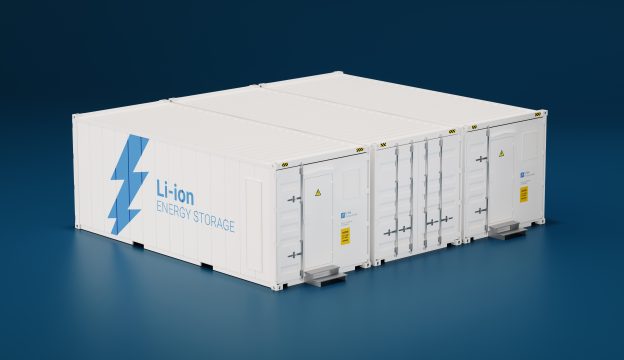
Australia has been achieving enormous results in rooftop solar installations at nearly 17GW, though the pandemic in 2021, followed by the lockdown implementation and supply chain cut-off, had depleted installations. In 2021, the country merely added 10% of new installations, which is 1/3 less than the anticipated amount.
Despite persistently robust demand for solar energy, where three million households and small businesses had attained their solar targets as of November 2021 under a climbing tendency, the installations in Australia remain lower than anticipated. According to the data of solar consulting firm SunWiz, the country had installed 3.24GW of small-scale solar systems in 2021, which is a mere increment of 10% compared to that of 2020.
Queensland has the largest rooftop solar installations at a total capacity of 4,483MW, followed by New South Wales at an accumulated capacity of 4,256MW, and coming in at third place is Victoria at an installed capacity of 3,839MW.
The overall solar installations are growing steadily in Australia as the country has now accumulated nearly 17GW of installed capacity, though the speed of installations had decelerated in 2021 due to the pandemic, where most constructions happened between March and December. Warwick Johnston, General Manager of SunWiz, believes that the pandemic is to blame for such result, since installation personnel is unable to execute constructions due to the lockdown, while the pandemic-affected supply chain had amplified transportation cost and delayed shipment, which eventually led to a lethargic installation volume during the third quarter of 2021.
The pandemic doesn’t seem to have reached to its end even with the arrival of 2022, though the demand for solar energy has persisted since solar systems must be constantly replaced in order to generate enough power to charge EVs. Johnston commented that most of the 8.5 million households in Australia have now completed installations, as many have realized that solar energy is an excellent investment amidst an uncertain economic period. He also joked that it is much safer than cryptocurrency.
Tristan Edis, an analyst of the energy consulting company Green Energy Markets, pointed out that the compelling growth of rooftop solar in Australia will start from 2021 and last until 2025. Edis commented that 2021 installations were previously projected at 3,600MW under a YoY increase of 15%, and the lockdown had indeed become a significant obstacle.
There are other potential obstacles in the future, including supply chain issues and inflation among China-made solar panels, which will all affect the installed capacity of 2022. However, these are merely temporal factors, and the long-term development will have to depend on Australia’s solar policy. The current reduction of solar FiT from various states may become a potential decelerating cause.
(Cover photo source: Flickr/Michael Coghlan CC BY-SA 2.0)







